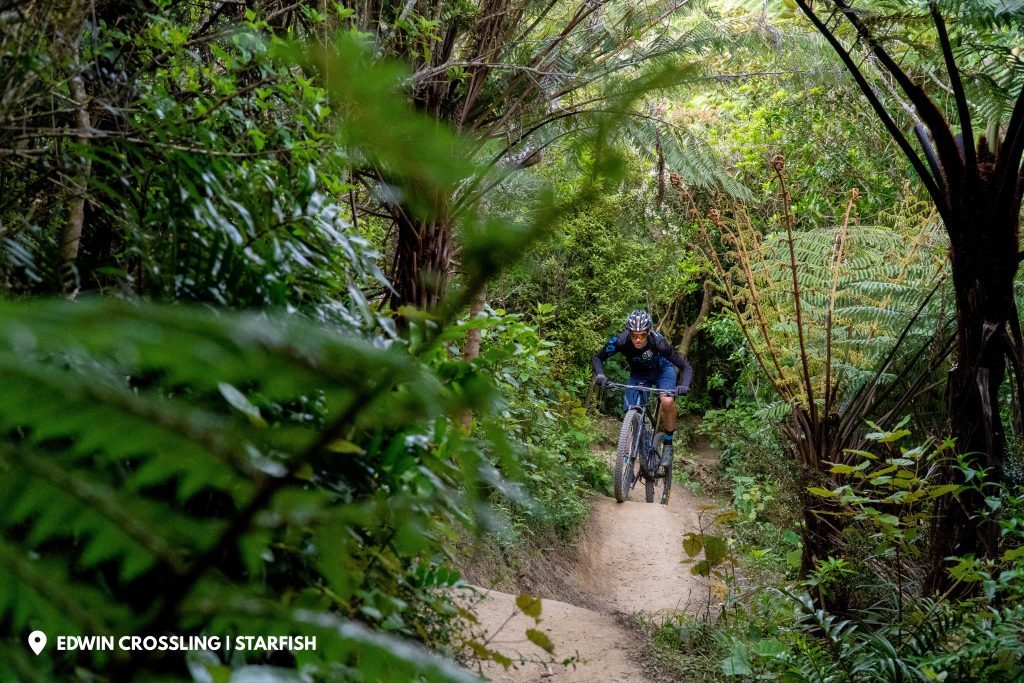Berd Spoke: Ride Feel
How Do Berd Spoked Wheels Ride?
Berd spokes create a wheel which feels different than one with steel spokes. Whether you like that or not will depend on how you like your bike to feel.
We've asked a few of our friends about their thoughts on riding Berd spokes:
Pete Meffan

The rider: Pete Meffan
Test wheelset: Wheelworks OG Race with Berd Polylight spokes. Maxxis Ravager Tyres.
Kirsten Hagan
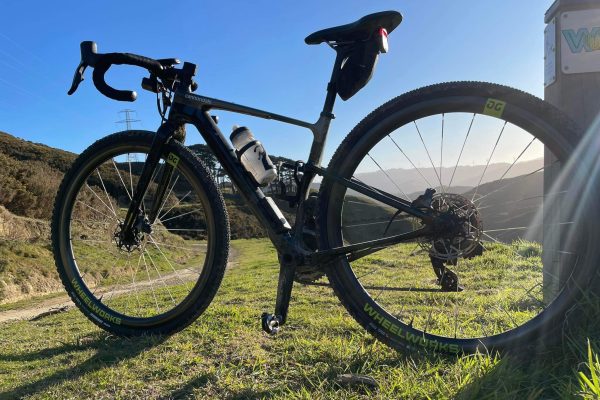
The rider: Kirsten Hagan
Test wheelset: Wheelworks OG Race with Berd Polylight spokes. Maxxis Ravager Tyres.
Sammie Maxwell
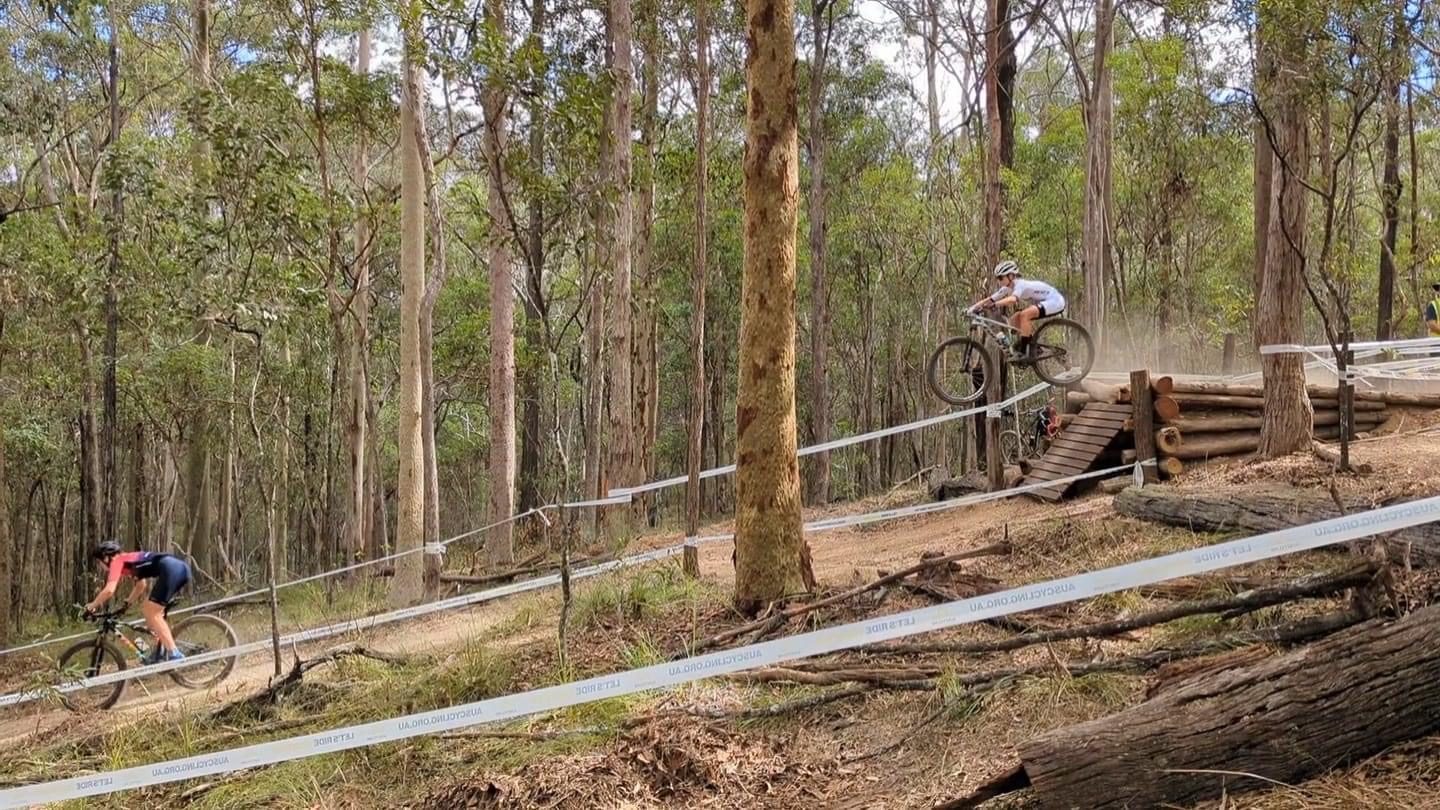
Photo credit: Russel Baker
The bike: Giant Anthem
The rider: Sammie Maxwell - 2023 U23 Womens XCO New Zealand National AND World Champion
Wheelset: Wheelworks FLITE TrailLite with Berd Polylight spokes
When I first saw my FLITE TrailLite Carbon rims on the new bike, my first thought was “Man those rims are wide!”. I’m not going to lie: I was apprehensive of the move to wide rims. I was sure I was going to notice a difference in rolling speed with the change from 25mm rims and 2.2’ tyres to the TrailLite’s 30mm rim paired up with 2.4’ tyres. However, after one pedal down the road I was pleasantly surprised, these wheels rolled well. And not just well, but I’m willing to say even better than my old narrow ones. On the tarmac it seemed almost effortless to maintain speed along the flat and on the dirt the wider tyres hooked corners better and didn’t stall over the rocks and roots. Perhaps it’s their lightweight design, or just the magic touch of the Wheelworks Team, but either way I’m not questioning it!
Then there are the Berd spokes. The idea of supporting your entire wheel with some ‘strings’ just seems like madness, and with a self-proclaimed riding style of ‘controlled chaos’ I could just see myself doing some serious damage to my wheels if they had Berd spokes. But I was reassured that they would be strong enough, so I decided to give them a go. And let me tell you, even goldilocks would be impressed with these things! Somewhere in the perfect zone, located between too strong and stiff and too flimsy and easy to break, you’ll find the Berd spokes. They have just enough flex to absorb the shock of bumps and roots on the descents allowing you to maintain speed, but not so much flex to feel like you’re losing power to them on the climbs. They feel strong and durable, but not too rigid; they are just perfectly firm, absorbing energy from the trail and the converting it into movement forward and over obstacles rather than hanging you up on features.
Now I can’t claim that this is all to do with the wheels, I did just move from a hardtail to a fully so perhaps some of the newfound smoothness is to do with a rear shock, but one thing I am sure about is that this combo is working and I’m in no hurry to change it. I’m sold on the wider, lighter rims that allow me to run lower pressures with fatter tyres while still holding speed, and the Berd spokes that help me maintain this speed even as I encounter rocks and roots. Plus, there’s the fact that every time someone asks you about your bike you get to show off your crazy spokes and impress everyone with your fancy technology 😉
Ethan Woods
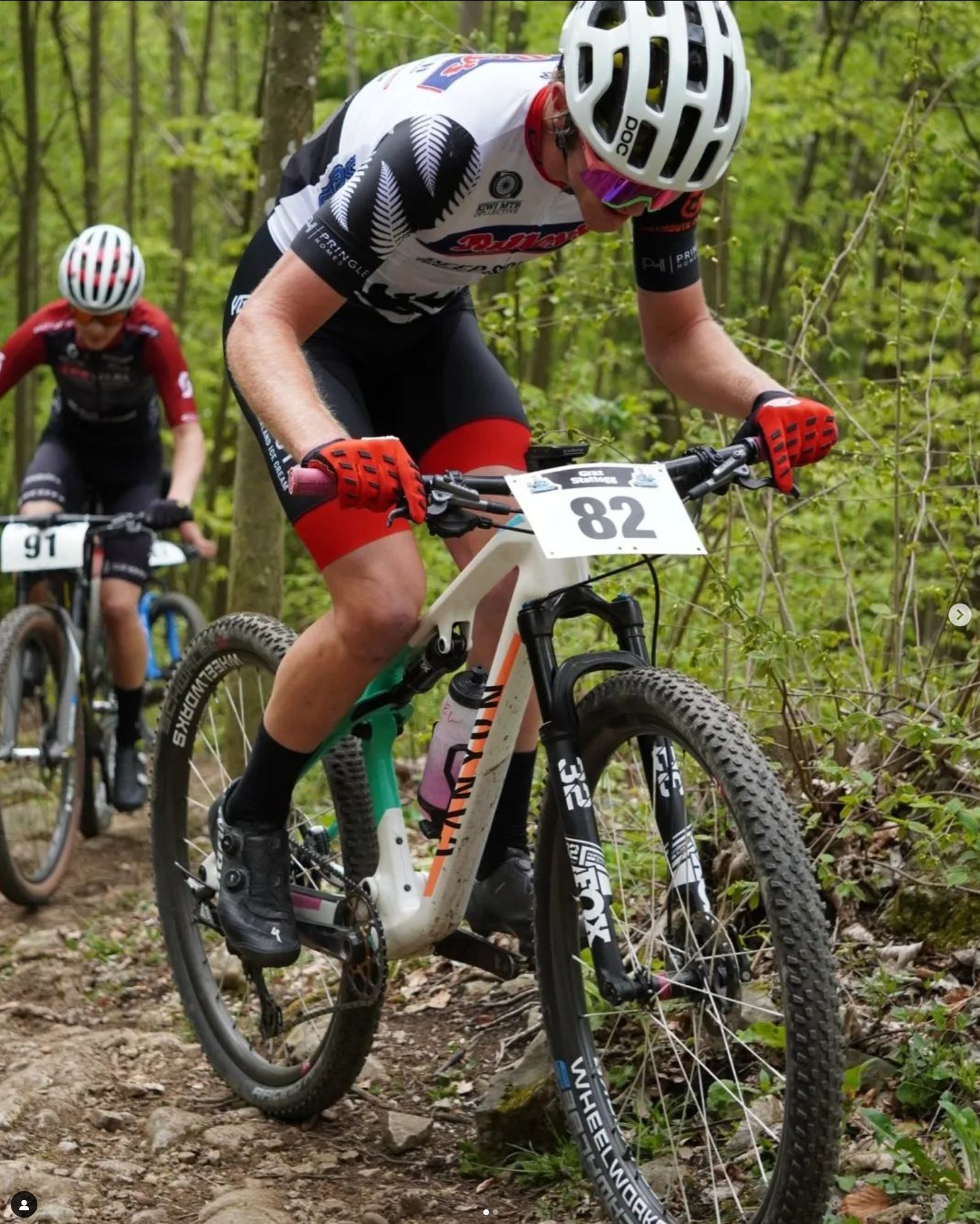
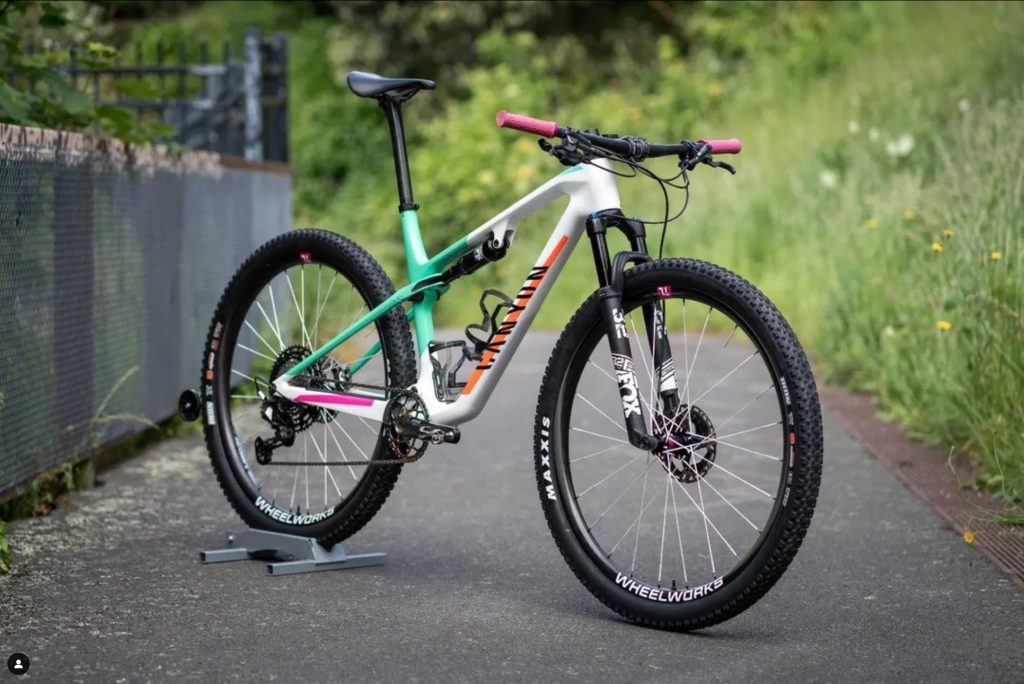
The bike: Canyon Lux
The rider: Ethan Woods - International XC Racer
Test wheelset: Wheelworks FLITE TrailLite with Berd Polylight spokes
Compared to usual wheelset: Wheelworks FLITE TrailLite with DT Swiss Aerolite spokes
My first ride on them was in Kaiteriteri MTB park and they blew my mind. I have never ridden wheels that felt so different. They have a real feeling of weightlessness, they pop really nicely out of jumps and berms on my short travel Canyon lux.
I have also found them to be very quiet compared to the same wheels with DT Swiss aerolite spokes. I think that this is just the added compliance of the spokes being able to flex a little bit more. It also takes away the edge on rougher trails, especially when climbing. I can leave my suspension locked out for longer, making my climbing more efficient and faster (the Strava KOMs don't lie). Or if you're doing big days in the saddle, it keeps you more comfortable for longer. I did 180km of gravel from the bottom of the Rainbow ski field to Hanmer Springs and back. And I was able to stay comfortable for the whole ride.
I have found these wheels to be really responsive in their acceleration and with only one or two pedal strokes you can easily be up to full speed on a trail. They are also really easy to move around on the trail. With a short travel bike you can’t generally plow through a rough section of trail, instead you have to pick your lines. With these wheels I can easily jump or move from one line to another allowing me to ride way smoother.
I will struggle to race on anything other than these wheels now.
I think these wheels are good for anyone with a shorter travel bike looking for an edge over their competition. It would also make a great addition to a gravel bike for the extra comfort on the longer days.
Sam Nelson
The bike: Orbea Oiz TR
The rider: San Nelson - Trail Tryhard
Wheelset: Wheelworks FLITE TrailLite with Berd Polylight spokes
Usual wheelset: Light Bicycle 25mm rims on DT Swiss 240 EXP hubs
Alright, Berd wheels first 30km thoughts (at Makara Mountain Bike Park)
First climb Koru > Makara Peak. Everything felt smoother, not numbed or dulled down and there was no feeling of wasted energy or loss of efficiency.
Keeping the bike in full open mode as this is how I climb 99% of the time, I spent the first two climbs and descents getting used to the feeling.
I then decided a full gas run up T4 as hard as my heart would let me was called for. The wheels felt firm enough leaning into the high banked corners - there was no feeling of softness or big flex from them. Down full Pohatu and Starfish I was able to open things up more, the rough sections of Pohatu being notably faster rolling.
I was able to roll and rail harder again than before, much more so than on my original Orbea wheels and with less fatigue feeling from top to bottom on a long run. It was like I had an extra supportive 10mm of travel, but not.
The best analogy I could come up with for the difference in feeling when climbing, traversing and somewhat descending, is like this:
It’s like when you have been riding your bike for a full season or more and not had the suspension serviced. Then you send it away to Jono at Suspension Lab and he does his wizardry. You get the fork and shock back and it feels like every bump is still there but it’s being taken care of before the harshness hits your body. Not a mute feeling, not like a coil feeling either just really active and supportive feeling.
On the downhills the only way to put it into words is an extra few mm of suspension but also the most controlling and supported few mm you ever felt. The wheel tracks perfectly well but you can also open the brakes up a bit and let it take care of bits better. It was an added 10% confidence feeling if I had to put a number to it.
A few days later I did a second ride at Makara peak where I rode every trail in the park including 4wd roads and link trails (except Yeah Gnar). This really solidified my feelings above on these wheels and their validity on marathon usage.
Andrew Ivory
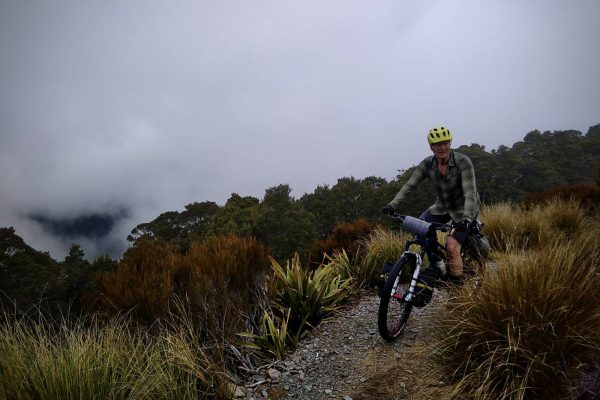
The bike: Kingdom Void Trail (single pivot Ti) - 130mm rear travel with DVO Topaz 2 and 140mm Rockshox Pike Ultimate Fork
The rider: Andrew Ivory - 80kg - Weekend Hacker
Test wheelset: Wheelworks FLITE TrailLite with Berd Polylight spokes, Maxxis Rekon Race tyres
Compared to usual wheelset: Wheelworks FLITE Enduro Carbon with DT Swiss Aerolite spokes, Vittoria Barzo XC/Trail tyres
I swapped the wheels over at work and rode home through town on the Berd build - I immediately noticed a reduction in road buzz over the cobbles down Lambton Quay, not a scientific test and could have been a bit in my head, but they certainly rode super-smooth.
After a few more short rides I took them for a morning at Whareroa: a few loops of the 250vm climb then grade 3 descent of Track 2 / Red Tape. They felt fantastic uphill! Accelerated really nicely and smoothly, light over the terrain and easy to control. I blitzed all my uphill PBs. I guess this was not a huge surprise, given they saved a big chunk of weight over my regular wheel/tyre combo.
What I wasn’t expecting was how incredible they felt for me on the downhill. As an average weekend hacker, I really appreciated how soft and forgiving they were, letting me hit corners and technical sections with more speed, while still maintaining control on the exits. I can understand why a pro might find this “softness” slows them down, but it definitely worked well for me. I ended up blitzing all my downhill PBs as well, and even bagging a first-ever top 5 KOM for the circuit repeats.
Obviously I’m sold on the Berd spokes and I’m looking now at how I can incorporate them into a gravel build - another discipline where the forgiving nature of the Berd spokes should make a tangible difference to an average rider’s confidence and speed.
Jesse Cseh
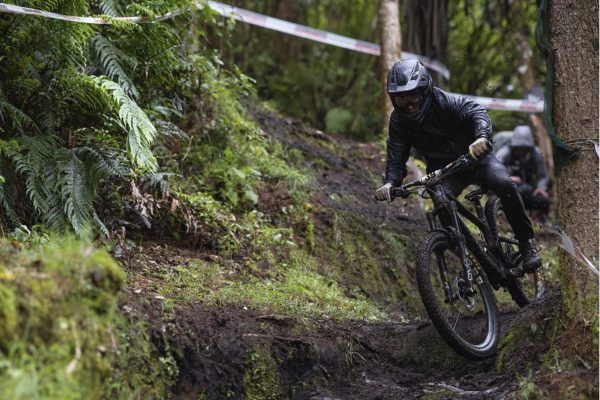
The bike: Deviate Claymore - 165mm rear travel with DVO Jade X, 170mm DVO Onyx fork.
The rider: Jesse Cseh - 75kg - EWS racer
Jacob Molé

The bike: Cube Stereo 150 Race C:62 - 150mm rear travel with 160mm Rockshox Super Deluxe Select+ and Rockshox Lyrik Select+ fork
The rider: Jacob Molé - 83kg - Aspiring Shredder
Test wheelset: Wheelworks FLITE TrailLite with Berd Polylight spokes, Maxxis Rekon Race tyres
Compared to usual wheelset: Wheelworks FLITE EnduroLite Carbon with DT Swiss Aerolite spokes, Maxxis Assegai / Dissector tyres
I installed the wheels on my bike and rode directly up Waimapihi to get some laps on my most frequented tracks. Instantly, the massive weight reduction made the bike feel more alive, which is true for any wheelset that drops weight. However, the other thing that was immediately noticeable was how soft and quiet the wheels felt. I often slam on the pedals trying to accelerate as quickly as I can, and the Berd spokes made any drivetrain engagement feel way less harsh.
Climbing up the hill felt super great; I got to the top faster than ever, where I met-up with a regular riding buddy. Ready to rip, we headed over to ride Car Parts first, a great track to feel out some fast pushy corners and wow these wheels felt fast. The XC tyres were a big part of that, but the first track on the Berd build the bike felt like it was simply floating. So much of the usual chatter and buzz of the track melted away. Pressing through corners on the track felt really great as well, as the wheels felt more “springy”, entering corners softly and boosting out the other side. I left my buddy in the dust to both of our surprise!
We moved over to ride Ikigai, where I was interested to see how the wheels would feel jumping. This is where I wasn’t as stoked. The feeling of take-off felt less precise, but mid-air felt just the same as my usual wheels. The initial hit of the landing felt good –a bit softer, but I want to find split-second balance when moving into the next feature, and that felt a little dampened. Other than that I really enjoyed the rest of the flowy track on the Berd build, feeling a lot of the same great things as Car Parts: confident cornering, carrying more speed, hovering through rocky, gravely sections.
Last up was Serendipity, a good little test on how the wheels would feel on roots. I actually found most of this track to feel much the same as my usual wheels. I took as many rooty features as I could, and felt the wheels follow all the lines I wanted them to. Overall, just as comfortable as I would usually be, but definitely enjoy the smoother feeling, particularly on the cobblestone exit.
I’m super interested in continuing to ride wheels with Berd spokes, as overall I really enjoyed how they made my bike feel. The most dramatic feeling was how smooth the ride felt, other changes were noticeable, but more in inches comparatively. I reckon with more time on them, I would find them my go-to for bike park and afterwork rides, or particularly well-suited for a hardtail.
